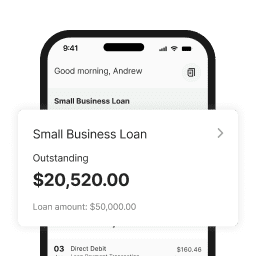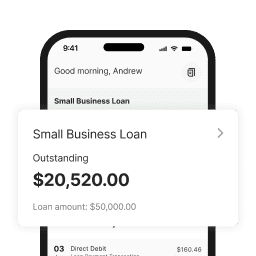The clock is ticking on another end of financial year.
For busy small business owners, freelancers and tradies, it’s easy to miss something in the rush, so make sure you use this EOFY checklist to maximise your financial opportunities in the lead up to 30 June.
Organise documents, reporting
30 June marks the deadline for a number of annual responsibilities that are either legal requirements or will at the very least ensure your business runs smoothly into the next financial year:
- Your quarterly or annual Business Activity Statement is due for lodgement
- Your quarterly Superannuation Guarantee is due for payment (make sure you are still complying with your SuperStream requirements)
- In addition to super, get organised with the rest of your employees’ payroll issues like outstanding leave and long-service entitlements
- Lodge your annual Income Tax, PAYG Withholding, Fringe Benefit Tax, and Goods and Services Tax reports or returns
- Collate your records of asset purchases and capital expenditure to calculate depreciation expense claims and for use in Capital Gains Tax reporting
- Prepare a profit and loss sheet for the year showing revenues and expenses
- Review and organise a record of outstanding debtors and creditors. If you have bad debts they can be written off for a tax deduction
- Meet your accountant to discuss how to save on tax and discover any last-minute tax deductions, such as prepaying necessary expenses or deferring income until July, and taking advantage of the small business accelerated depreciation benefit.
Review your business’ position
Now that you’ve got your financial reports and other paperwork sorted, it’s time to take stock of where your business is, how it has performed over the last year and what needs to be done to take it to where you want to be in 12 months’ time.
- Start by conducting a stocktake if you run a business that carries any inventory.
- Once you have balanced your inventory you may want to consider running a sale before the EOFY to clear out older or unwanted stock.
- Next, go through your financials to assess your performance over the last financial year.
- Analyse your performance against your targets set 12 months earlier, and compare it to recent years’ performance to make sure you are moving in the right direction.
Plan ahead
If you are not fully satisfied, you may want to review your business plan. Consider the following:
- Are your strategies working?
- Have there been any recent changes to your industry, location or business that will force you to re-think your approach?
- If your problem is a dwindling number of clients, you may want to rethink your marketing strategy too.
Now that you have a clearer picture of your vision for the next year, work through:
- A cash flow forecast to spot any potential issues you may have in the near future and;
- A plan for how you can still pay employees and suppliers in the leaner periods of the year.
Finally, you may want to research any regulatory changes that have occurred in the past year to avoid getting caught out by new laws in your industry that you were unaware of.
- Have a quick look over your insurance policy to make sure it is still adequate.
- Ensure you have secure IT infrastructure in place with plenty of backups of important information.
By following all these steps, you should be well prepared for the year ahead, and by using an accountant and getting your data and reports well organised, the next EOFY should be significantly quicker and easier to organise for.
If you are looking for some extra funds to grow your business in the new year, talk to Prospa about how we can help meet your business finance needs.








